The Semantic Web: 20 Years And a Handful of Enterprise Knowledge Graphs Later
Ontotext
JULY 29, 2021
The Semantic Web, both as a research field and a technology stack, is seeing mainstream industry interest, especially with the knowledge graph concept emerging as a pillar for data well and efficiently managed. And what are the commercial implications of semantic technologies for enterprise data? What is it?


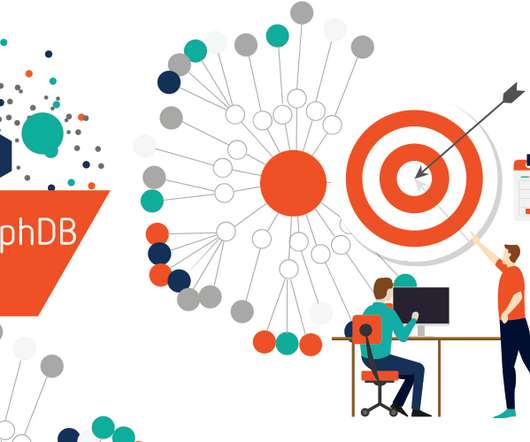
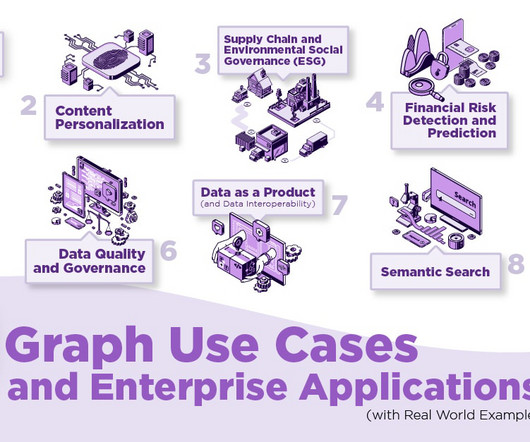
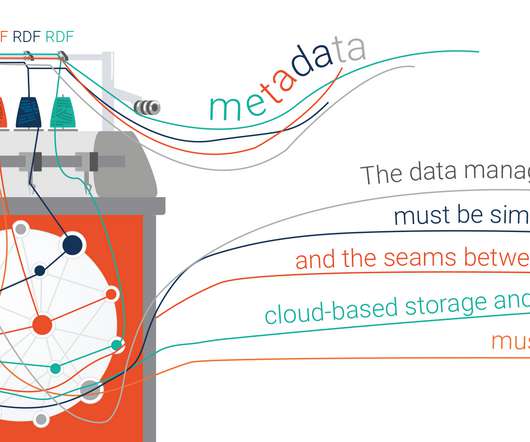
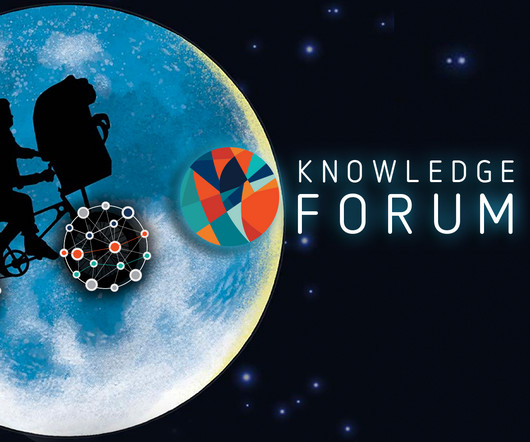
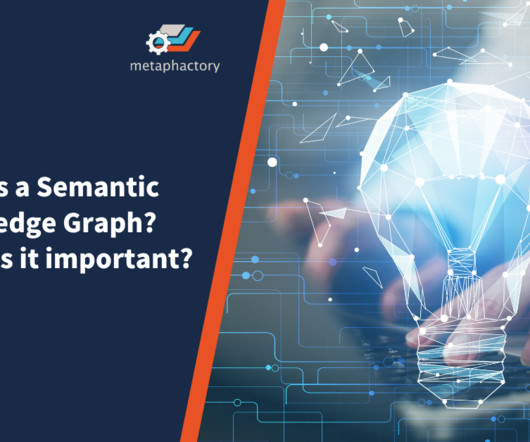
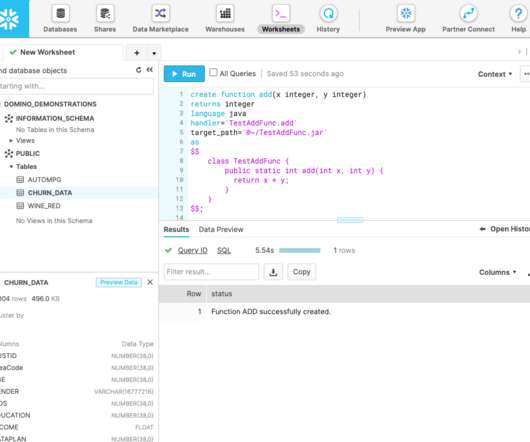









Let's personalize your content